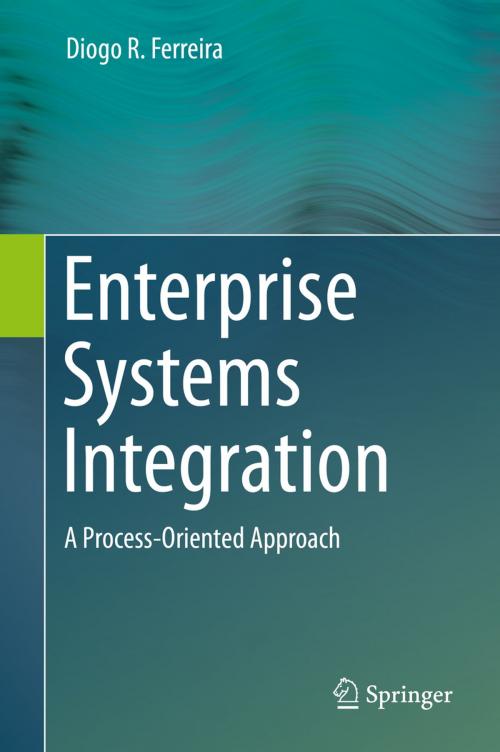Enterprise Systems Integration
A Process-Oriented Approach
Nonfiction, Computers, Application Software, Business Software, Advanced Computing, Information Technology, General Computing| Author: | Diogo R. Ferreira | ISBN: | 9783642407963 |
| Publisher: | Springer Berlin Heidelberg | Publication: | December 4, 2013 |
| Imprint: | Springer | Language: | English |
| Author: | Diogo R. Ferreira |
| ISBN: | 9783642407963 |
| Publisher: | Springer Berlin Heidelberg |
| Publication: | December 4, 2013 |
| Imprint: | Springer |
| Language: | English |
The field of enterprise systems integration is constantly evolving, as every new technology that is introduced appears to make all previous ones obsolete. Despite this continuous evolution, there is a set of underlying concepts and technologies that have been gaining an increasing importance in this field. Examples are asynchronous messaging through message queues, data and application adapters based on XML and Web services, the principles associated with the service-oriented architecture (SOA), service composition, orchestrations, and advanced mechanisms such as correlations and long-running transactions. Today, these concepts have reached a significant level of maturity and they represent the foundation over which most integration platforms have been built.
This book addresses integration with a view towards supporting business processes. From messaging systems to data and application adapters, and then to services, orchestrations, and choreographies, the focus is placed on the connection between systems and business processes, and particularly on how it is possible to develop an integrated application infrastructure in order to implement the desired business processes. For this purpose, the text follows a layered, bottom-up approach, with application-oriented integration at the lowest level, followed by service-oriented integration and finally completed by process-oriented integration at the topmost level. The presentation of concepts is accompanied by a set of instructive examples using state-of-the-art technologies such as Java Message Service (JMS), Microsoft Message Queuing (MSMQ), Web Services, Microsoft BizTalk Server, and the Business Process Execution Language (BPEL).
The book is intended as a textbook for advance undergraduate or beginning graduate students in computer science, especially for those in an information systems curriculum. IT professionals with a background in programming, databases and XML will also benefit from the step-by-step description of the various integration levels and the related implementation examples.
The field of enterprise systems integration is constantly evolving, as every new technology that is introduced appears to make all previous ones obsolete. Despite this continuous evolution, there is a set of underlying concepts and technologies that have been gaining an increasing importance in this field. Examples are asynchronous messaging through message queues, data and application adapters based on XML and Web services, the principles associated with the service-oriented architecture (SOA), service composition, orchestrations, and advanced mechanisms such as correlations and long-running transactions. Today, these concepts have reached a significant level of maturity and they represent the foundation over which most integration platforms have been built.
This book addresses integration with a view towards supporting business processes. From messaging systems to data and application adapters, and then to services, orchestrations, and choreographies, the focus is placed on the connection between systems and business processes, and particularly on how it is possible to develop an integrated application infrastructure in order to implement the desired business processes. For this purpose, the text follows a layered, bottom-up approach, with application-oriented integration at the lowest level, followed by service-oriented integration and finally completed by process-oriented integration at the topmost level. The presentation of concepts is accompanied by a set of instructive examples using state-of-the-art technologies such as Java Message Service (JMS), Microsoft Message Queuing (MSMQ), Web Services, Microsoft BizTalk Server, and the Business Process Execution Language (BPEL).
The book is intended as a textbook for advance undergraduate or beginning graduate students in computer science, especially for those in an information systems curriculum. IT professionals with a background in programming, databases and XML will also benefit from the step-by-step description of the various integration levels and the related implementation examples.















